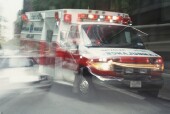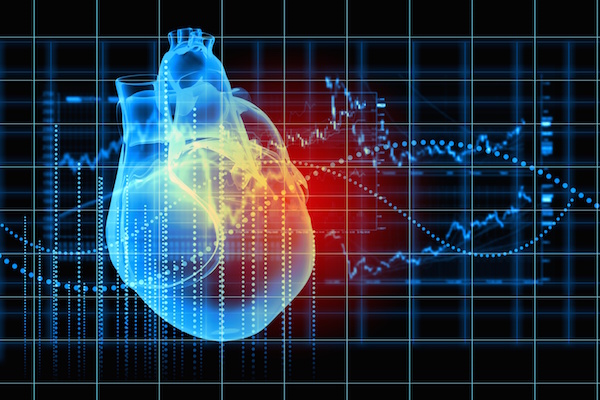
MONDAY, Feb. 21 (HealthDay News) — Prior research has shown that stroke risk peaks in the early morning hours. Now a new study finds that blood clots within stents — a potential trigger for stroke as well as heart attacks — also follow a circadian pattern and peak in the early morning.
The authors of the new study also found that this type of blood clot, known as stent thrombosis, was more common in the summer — unlike heart attacks, which peak during the winter. But stent thrombosis didn’t tend to occur on any particular day of the week, whereas heart attacks seem to cluster on Mondays, suggesting that they could be triggered by employment-related stress.
Though rare, blood clots that form after a stent is placed inside an artery to prop it open can lead quickly to a heart attack or death, often even if the patient receives prompt treatment, making efforts to prevent the complication a priority.
And this new study, published in the February issue of JACC: Cardiovascular Interventions, may point to one possible mode of prevention.
“Knowing that [stent thrombosis] may occur early in the morning may suggest that medication wears out by early in the morning,” said study senior author Dr. David R. Holmes, Jr., a cardiologist with the Mayo Clinic in Rochester, Minn. “We may need to give medications twice a day to cover that.”
While “we can’t change the body’s circadian rhythms,” added Dr. Jacob Shani, chair of the Maimonides Cardiac Institute in New York City, “maybe we can divide the doses of anti-platelet therapy into a dose in the morning and a dose at night.”
Generally anti-platelet or clot-busting medication to prevent stent thrombosis is given at night, before the person goes to sleep.
For this study, the authors reviewed records of 124 patients who had arrived at the Mayo Clinic with blood clots within stents between February 1995 and August 2009.
The stent thrombosis events reached a peak at 7 a.m. and a low at 8 p.m. After adjustments, early stent thrombosis still remained significantly associated with the early morning hours.
Blood clots within stents also hit another statistically significant peak in late July/early August. The latter finding suggests that extra activities in the warmer months might contribute to the rise, according to the researchers.
Although potential risk factors documented in some patients, such as heavy physical exertion or medical factors such as surgery, infection and not taking medication correctly, might have triggered some of the blood clots, the data suggested circadian rhythms also played a role, the researchers noted.
A number of factors could explain the rhythms of stent thrombosis, stated the authors. Heart rate, blood pressure and levels of several different hormones have been found to peak in the morning.
“We know that the body basically becomes more hypercoagulable [more likely to clot] in the morning. We know that platelet activity increases in the morning, so all those things together make it more likely for someone to suffer a platelet-mediated event such as a heart attack, stroke or, in this case, stent thrombosis, in the morning,” said Dr. Jeffrey Berger, assistant professor of medicine at NYU Langone Medical Center in New York City.
“This may be important in figuring out when somebody should be their taking medicine,” he concluded.
More information
The U.S. National Institutes of Health has more about blood clots.

